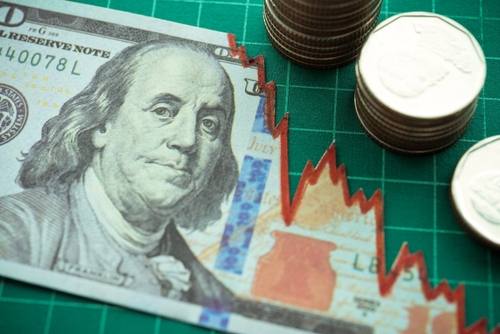
Economics & Growth | Monetary Policy & Inflation | US

Economics & Growth | Monetary Policy & Inflation | US
This article is only available to Macro Hive subscribers. Sign-up to receive world-class macro analysis with a daily curated newsletter, podcast, original content from award-winning researchers, cross market strategy, equity insights, trade ideas, crypto flow frameworks, academic paper summaries, explanation and analysis of market-moving events, community investor chat room, and more.
US yields had ticked upward on Thursday after the ECB announced a 75bps hike, with 2Y yields reaching 3.56% on Friday – its highest level since the end of 2007. 2Y yields continue to outpace that of the 10Y with 2Y yields up 71bps over the past 30 days compared to 65bps for the 10Y. Consequently, the US 2s10s remains inverted (-23bps).
Our recession model, which uses the 2Y10Y part of the yield curve, assigns a 70% chance of a recession within the next twelve months (Charts 1 and 3). Meanwhile, the Fed’s recession model, which uses the 3M10Y part of the yield curve, produces a 19% chance of recession (Chart 2).
We introduced two models for predicting US recessions using the slope of the US yield curve. When long-term yields start to fall towards or below short-term yields, the curve flattens or inverts. This has often predicted a recession in subsequent months. Our model is based on the 2s10s curve compared to a model from the Fed that is based on the 3M10Y curve. We believe that the 2Y better captures expectations for Fed hikes in coming years and is, therefore, more forward-looking.


Spring sale - Prime Membership only £3 for 3 months! Get trade ideas and macro insights now
Your subscription has been successfully canceled.
Discount Applied - Your subscription has now updated with Coupon and from next payment Discount will be applied.